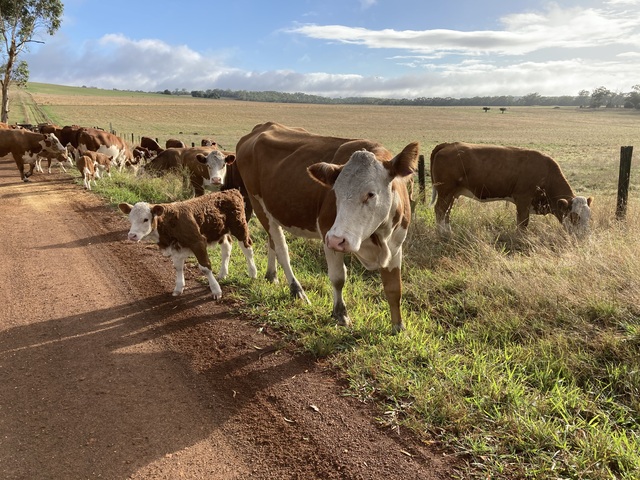Livestock SA is calling on the state government to reform regulations blocking livestock producers from using virtual fencing.
New South Wales has become the latest state to legalise the technology, in addition to Queensland, Tasmania and Western Australia, but the practice is not legal in South Australia.
The organisation said virtual fencing allowed for more targeted grazing strategies, helped exclude stock from environmentally sensitive areas, and enabled safer and more efficient management of livestock in extensive systems.
It also supported animal welfare outcomes by reducing the need for physical mustering and handling.
Livestock SA has repeatedly called for changes to the Animal Welfare Regulations 2012 to allow commercial use of electronic collars for cattle, sheep and goats.
Livestock SA chairperson Gillian Fennell said virtual fencing has been trialled successfully across Australia for nearly two decades and had strong support from SA producers.
“South Australian producers are forward-thinking and ready to adopt new technologies that improve productivity, support environmental management, and maintain high standards of animal welfare,” she said.
“Virtual fencing has been shown to reduce fencing costs, improve land and stock management, and support animal safety in emergencies like bushfires and floods. It is time South Australia gave producers access to this tool.”
Livestock SA’s annual producer survey showed support for virtual fencing to have grown, from 44 per cent of respondents saying they supported its use in 2023 to 85 per cent in 2024.
“The message from producers is clear. They want the option to use this technology, and they want it now,” Ms Fennell said.
“Through the Animal Welfare Act review last year we received assurances from the state government that the regulations would be amended to enable the technology to be used in our state.”
“Other states are getting on with it. We need to stop dragging our feet and give South Australian producers access to a technology that is already transforming livestock management across the country.”

